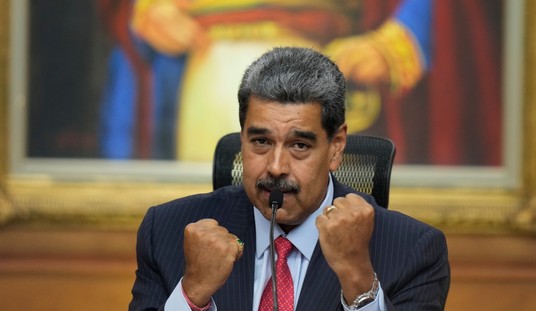John wrote last night about yesterday’s Supreme Court decision on the White House’s new asylum rules. By a seven to two margin, the justices agreed that the rule, which essentially acts as a safe third country agreement (without Mexico’s participation) could remain in effect while the case continued through the appeals process.
The two dissenting justices were Sotomayor and Ginsburg, with the former writing the dissent. As Newsweek points out, Sotomayor was rather blunt in her objections, but I can’t help wondering precisely what it was she was objecting to.
“Once again the Executive Branch has issued a rule that seeks to upend longstanding practices regarding refugees who seek shelter from persecution,” Sotomayor wrote in her dissenting opinion. “Although this Nation has long kept its doors open to refugees — and although the stakes for asylum seekers could not be higher — the Government implemented its rule without first providing the public notice and inviting the public input generally required by law.”
Sotomayor also slammed the Trump administration for requesting the Supreme Court to allow the rule when lower courts ruled against the move. “Unfortunately, it appears the Government has treated this exceptional mechanism as a new normal,” she wrote. “Historically, the Government has made this kind of request rarely; now it does so reflexively.”
“This is an extraordinary request,” Sotomayor continued. “Unfortunately, the Court acquiesces. Because I do not believe the Government has met its weighty burden for such relief, I would deny the stay.”
Okay, I suppose that qualifies as “scathing,” at least in terms of normal SCOTUS language. But what is Sotomayor actually objecting to? Her comments about the Trump administration rushing the rule through without having a period for public comment speak to normal practices. But the President has declared an emergency on the southern border, so some of the usual rules won’t apply. (And how often do the words “normal” and Donald Trump collide in the same sentence anyway?) The point is, she cast her vote based, in part, on tradition rather than law.
Her other objection was in response to the fact that the White House asked the Supremes to let them jump to the head of the line and rule on this before the question had finished making its way through the lower courts where the policy had been blocked. As with the previous point, is she suggesting that the White House can’t (or shouldn’t) make such a request under the law? The fact is that such requests may come along infrequently, but it does happen. And the court has agreed to them in the past.
While this may be a deviation from the normal course of judicial review (a point that CNN was screaming from the rooftops when I woke up this morning), it’s also part of the accepted process when time is of the essence. Nobody forced them to take the case early. That was their decision, and seven justices apparently saw it the President’s way. And let’s not forget that they were reversing the Ninth Circuit once again. You could get the Ninth Circuit to ban Trump from eating breakfast if you wrote a mildly coherent brief.
With that bit of unpleasantness in the rearview mirror, I think the White House needs to clarify a few things about this new policy for us. One of the big questions involves what happens to people showing up at the border and requesting asylum without having applied for it in Mexico first. Previously they would have fallen under the “Remain in Mexico” policy while their case was heard, but now they’ll just be disqualified. Can they then go back and ask Mexico for asylum or would they be immediately deported back to their home country? All of these changes are complicating the procedures that will have to be followed by border security officials. And it gives you the sense that mistakes will probably be made.









Join the conversation as a VIP Member